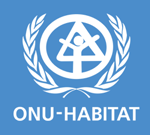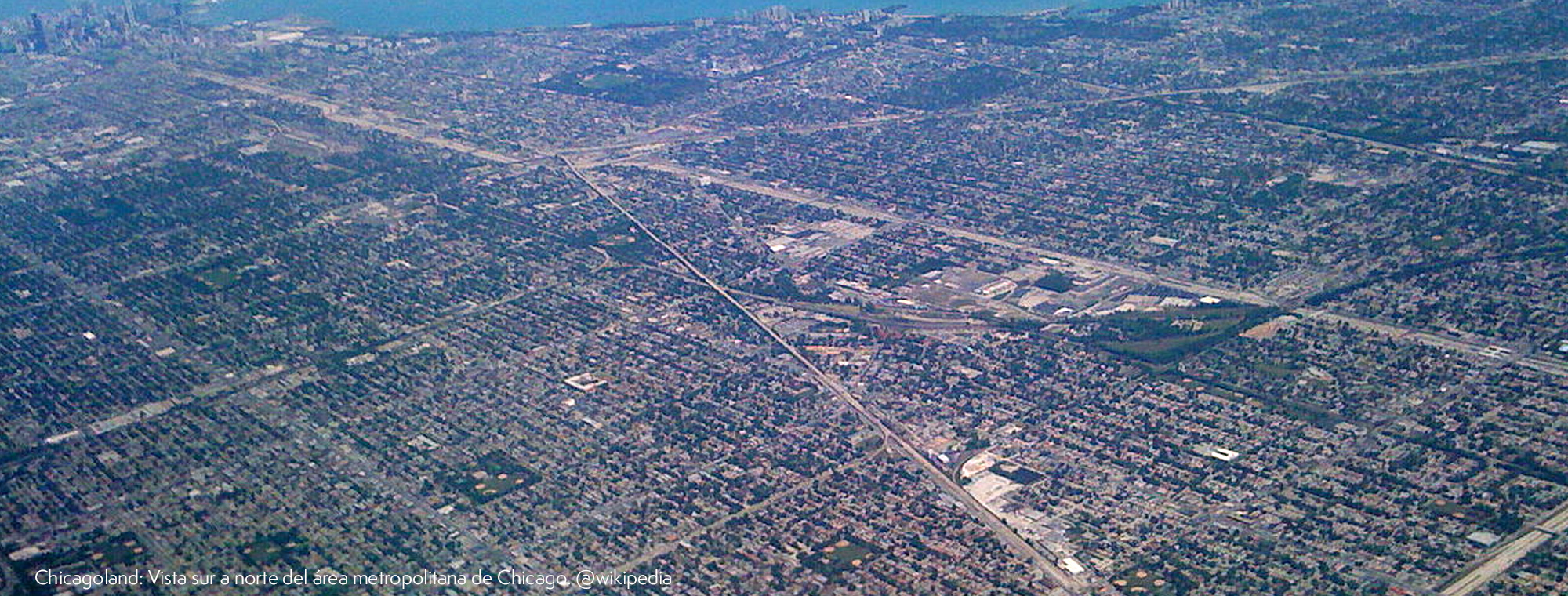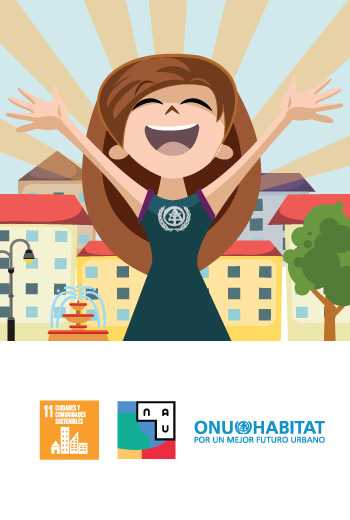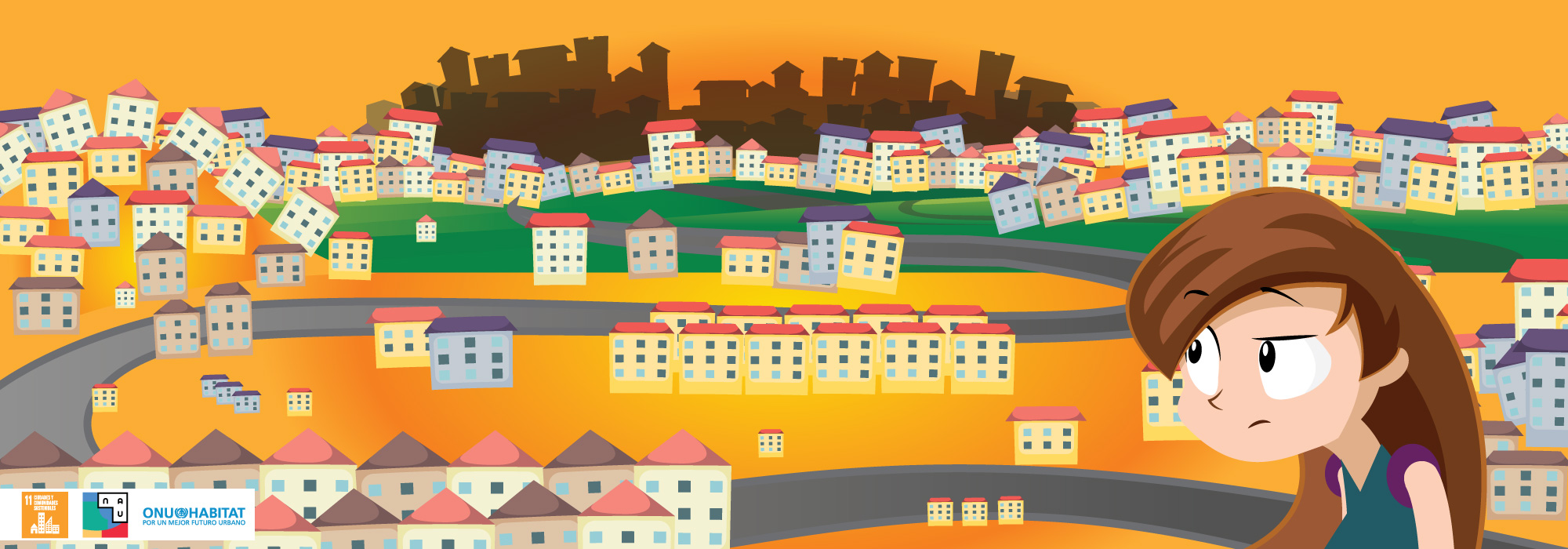
If a city sprawls without planification, it will be, eventually, a big problem
Unrestricted urban growth consumes large amounts of land, and it could force people to live far from workplaces, opportunities and basic services, which would have negative effects on their quality of life and on the environment.
For example, in a large unplanned city, everything would be further away and possibly the distribution of infrastructure would be unequal, so in some places could be missing...
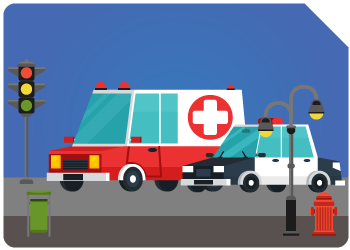
public services,

water and sanitation,
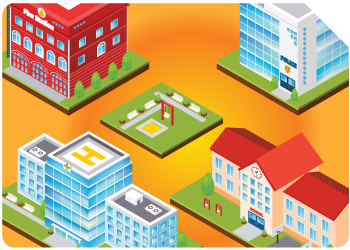
hospitals, schools or adequate public spaces.
Urban sprawl also increases pollution and environmental risks because it encourages the use of cars and a greater energy consumption.
Many of the cities and towns were never expected to house such huge populations
And without planning, there could be a lack of adequate housing, proliferation of slums, poverty, unemployment, insecurity and diseases due to lack of sanitation and access to basic services.

The ideal for cities would be to grow taking full advantage of the existing space.
That is, grow compactly.
A compact city is better connected
Since you can easily reach more places because the distance is reduced, there is less need for car use, and travel times and costs are shortened.
A compact city reduces the cost of services
As sanitation, police, water supply, street lighting, the collection of waste and many other services.
A compact city also has economic benefits
Because commercial and residential areas are not separated from each other and the places where people live, buy and work are easily accessible, which generates dynamism among various activities for more hours a day.

It also increases social interaction!
Because there are more areas for recreation, cultural and social interaction between more diverse groups, which enriches the quality of life.
Cities can be a source of solutions for the challenges that our world faces today.
If well-planned and well-managed, urbanization can be a powerful tool for sustainable development, without leaving no one behind.
